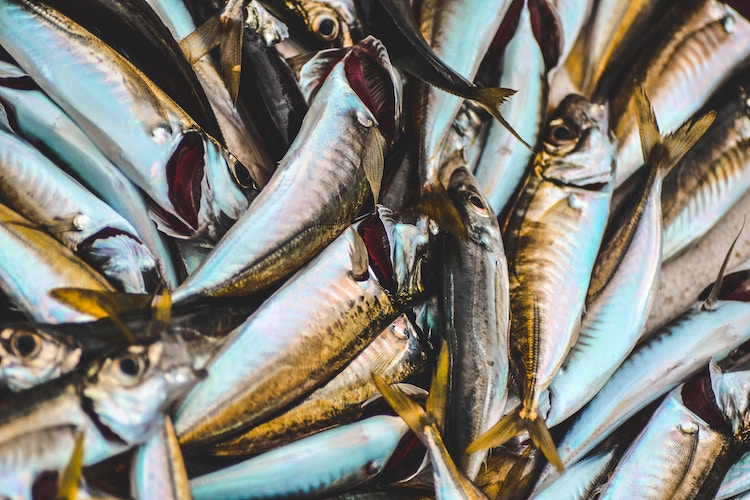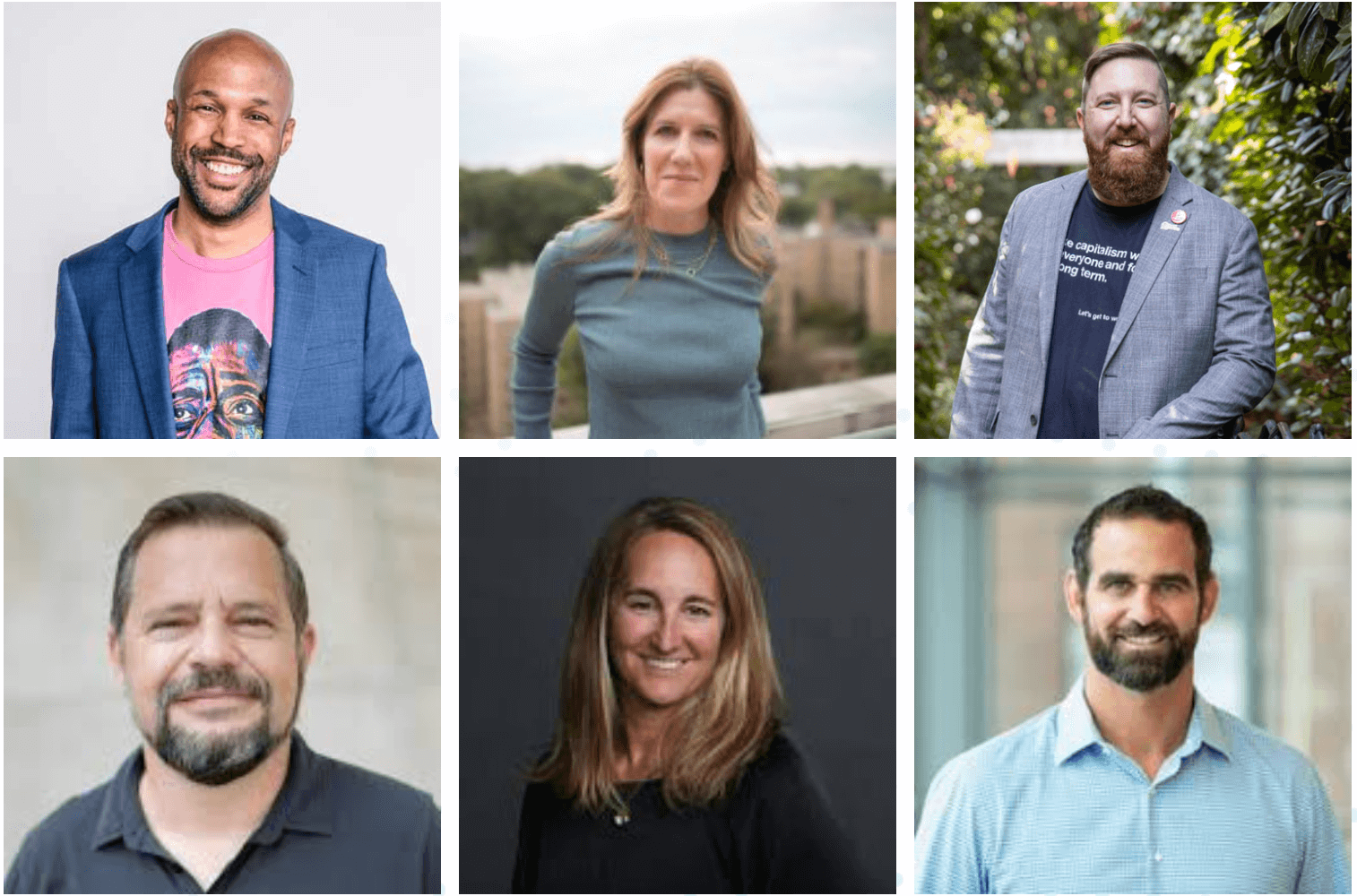Mike Velings and Amy Novogratz are on a global quest for the perpetual protein machine.
The husband-and-wife impact investors will soon get a glimpse of such a breakthrough. Sogn Aqua, a Norwegian fish farm that already can produce a kilo of Atlantic halibut on less than a kilo of feed, will test a new feed from Calysta, a California biotech company that grows microbes through fermentation.
Weaning farmed fish from ocean-based fish meal is a key step in creating a truly sustainable aquaculture industry that can meet soaring demand for animal protein from a growing, increasingly affluent global population.
Even better for Velings and Novogratz, their Dutch-based fund, Aqua-Spark, is a major investor in both Sogn Aqua and Calysta. Last year, Aqua-Spark invested €2.5 million (about $2.8 million) in Sogn Aqua, and made its second investment in Calysta, alongside agricultural feed giant, Cargill Inc. In January, Calysta announced it is building a facility in northeast England to test its FeedKind product.
“If we can get to sustainable feed, with a ratio of 900 grams of feed to one kilo of fish, on land, with no pollution, then you have the ideal farm,” says Velings. “We’re starting to see that this ecosystem approach is going to work.”
Shared Value
Aqua-Spark requires all of its portfolio companies, including their other investors and key personnel, to agree to work together toward full sustainability, including by using each other’s products. Most recently, Aqua-Spark invested $2.5 million in Matorka, an Icelandic company farming Arctic Char, a relative of salmon, using carbon-free geothermal energy and feed free of antibiotics and growth hormones. Matorka will also test fish-free after Calysta’s new production facility is up and running this fall. (See, “What to Feed the Fish? Demand for Feed Attracts Innovators and Investors.”)
Velings, who built a successful human-resources outsourcing firm before turning to impact investing, and Novogratz, the former director of the TED Prize, have made five investments and raised $19.25 million for Aqua-Spark. Chicoa Fish Farm in Mozambique is a tilapia farming operation the couple believes could be a model for sub-Saharan Africa. An Indonesian investee, eFishery, has monitoring technology that can reduce the amount of feed used, lowering costs and reducing pollution.
The fund expects to make up to five additional investments by the end of this year, and ultimately to build a network of 60 to 80 companies, with up to $400 million invested.
“We want to show that sustainable aquaculture can have the same returns as big industry or bad fishing,” Velings said. He said that, on paper, the fund showed a 12.5 percent return in its first year. Investors agree to a five-year lockup period, after which they can withdraw capital every six months. That open-ended fund structure is designed to let Aqua-Spark remain a long-term partner to its portfolio companies.
Demand Driver
The investment thesis is built on powerful long-term trends. By 2050, global population growth, and growing per-capital protein consumption, means there will be demand for an additional 85 million tons of seafood per year. There’s little chance that gap can be filled with wild-caught seafood for human consumption, which is currently at about 65 million tons per year (with another 30 million tons harvested for animal feed).
The total production of farmed fish in recent years has overtaken the wild catch, but early aquaculture has been bedeviled by its own problems, including antibiotic resistance, escapes, pollution, and the unsustainable use of forage fish for fish meal. New approaches and new technologies are tackling all of those challenges, creating opportunities for impact-minded investors.
“Think of agriculture before the green revolution. In aquaculture, we are at the blue revolution,” Velings said in a TED talk last year. “Somebody needs to connect the dots and give these developments a big kick in the butt.”











